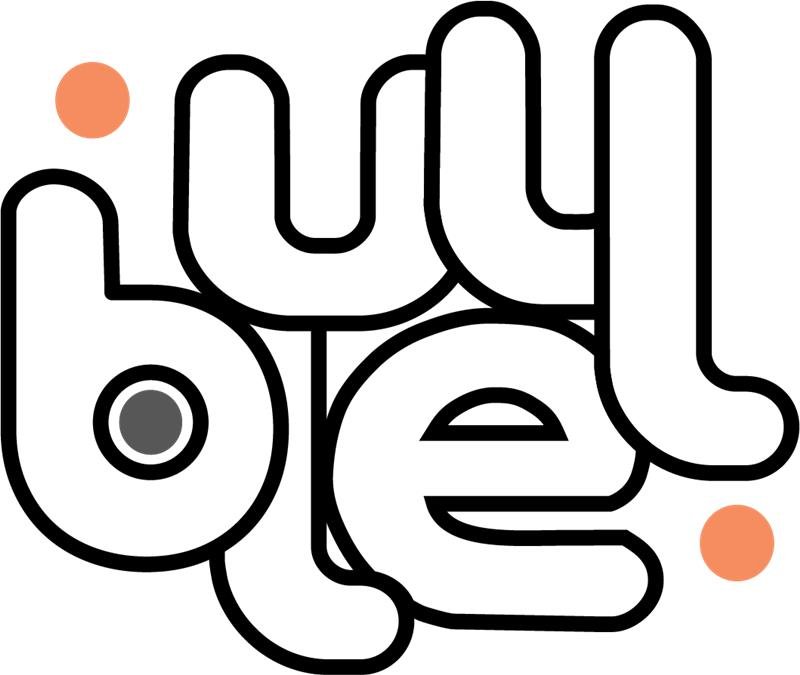- Bluell
- Blog
- Android
Static Websites vs. Dynamic Websites: Which One Should You Choose?
- Development
- 9 min Read
- 19 May 2025
The choice between static and dynamic website architecture has become important in 2025. As users increasingly demand speed, security, and scalability, many developers are turning to a “static-first” strategy because static websites load faster, use less data, and are easier to manage. At the same time, dynamic websites powered by CMS or web applications are still important for features like user logins, real-time updates, and personalized content. This guide explains what each approach means, highlights current trends, and helps both technical and non-technical readers decide which is best for their projects.
Static and dynamic websites deliver content in fundamentally different ways. A static website consists of fixed files (HTML, CSS, images) that are created in advance and served directly from the web server. A dynamic website, on the other hand, assembles pages at runtime: the server runs code (e.g. PHP, Node.js, Python) to retrieve data from a database or other services and build the page for each request. This fundamental difference affects performance, complexity, and features. In practice, static websites tend to load very quickly (all content is ready in advance), while dynamic websites allow for features such as user accounts, comments, or real-time updates.
If you’re trying to decide between a static website or a dynamic website for your next project, but aren’t sure what they are and how they work, we’re here to help you find everything you need to know. In the end, you’ll be able to decide which option is best for your needs. Or, if you’d rather skip the technical hassle, you can build your next website with the help of our expert team.
What is a static website?
A static website consists of web pages that are prepared in advance and stored on a server. Each page is a pre-built HTML file that stays the same unless a developer manually updates it. When someone visits a static page, the server sends the file immediately. There is no code running in the background and no database involved. This is how websites were originally built. The first pages on the World Wide Web were mostly static, displaying the same content to everyone. Today, this model is still widely used; about 36% of all websites currently use static design , according to Estrrado Technologies .

This simplicity gives static websites several advantages. Because each page is pre-built, static websites load extremely quickly and are easy to cache. There is no database or application server to slow things down, so page loads can be almost instantaneous. For example, if you are creating a basic portfolio website with just a few pages, such as home, about, services, and contact. If it is a static website, all of these pages are pre-built and ready to be displayed. So when someone visits your website, the server simply sends the already prepared files; there is no need to retrieve data from a database or run any code in the background. As a result, the website loads much faster compared to a dynamic website that would generate each page on the fly.
Why is speed so important? According to Google research , if a page takes 3 seconds to load instead of 1, people are 32% more likely to leave. If it takes 5 seconds, that number jumps to 90%. In e-commerce, a page that loads in just 1 second can generate up to 5 times more sales than one that takes 10 seconds. Google has confirmed that slow websites, especially those that load more than 2 seconds, can experience reduced crawl rates by Googlebot, which negatively impacts search rankings. In short, static websites are fast – and that speed directly increases user engagement, conversions, and searchability.
Static websites are ideal for content that doesn’t change very often. Typical examples include brochure websites, documentation, marketing landing pages, portfolios, and personal blogs. For example, a simple company homepage or product brochure website can be completely static; it just needs to display the same information to everyone. Static site generators (SSGs) such as Jekyll , Hugo , Next.js , or Gatsby have become popular tools for building such websites. They allow developers to write content in Markdown or HTML and then “build” the website into static files.
Well-known static websites created with Jekyll include the Ruby on Rails documentation website, the Sketch app homepage, and Spotify’s developer website, which are hosted as static HTML.
What is a dynamic website?
A dynamic website works differently: pages are generated on the fly in response to user requests. Instead of sending a pre-made HTML file, a dynamic website server runs program code to put together the dynamic page . This typically involves retrieving content from a database, running server-side scripts, and inserting data into templates. For example, when you visit a product page on an e-commerce site, the server retrieves the product description and images from a database and creates an HTML page for you. All of this happens every time the page is requested. In fact, about 64% of websites today have dynamic features , according to Estrrado Technologies, and that clearly reflects how widespread this model of real-time content generation has become.
Popular CMS (content management systems) such as WordPress, Drupal, and Joomla are dynamic: they store content (posts, pages, user data) in a database and build pages using PHP (or another language) as users visit the site. Early dynamic technologies emerged in the mid-1990s; tools such as ColdFusion , PHP , and Active Server Pages enabled websites to generate custom content. Today, most large and interactive websites (social media, news channels, web apps) are dynamic under the hood.
Dynamic websites offer the advantage of personalized content, user accounts, comments, shopping carts, and real-time data, things that static websites cannot do on their own. Updating content is easier: if you change a template or database entry, thousands of pages can be updated automatically. Maintenance can be more convenient for content managers, as a CMS provides an editing interface. However, dynamic websites are more complex: they require a database, server-side code, and often involve more moving parts. They can be slower on average than static websites , as each request triggers processing. However, modern tools (e.g., server-side caching, optimized hosting) help mitigate this.
Examples of dynamic websites include social networks (Facebook, Instagram), e-commerce stores (Amazon, eBay), news and media sites (CNN, BBC News), streaming services (Netflix, Disney+), and any website where content is frequently changed or adapted.
Static vs. Dynamic Websites: What's the Difference?
| Features | Static websites | Dynamic websites |
| Performance | Very fast: pre-built pages served via CDN. No server processing per request. | Slower by default: pages created on demand, with code and DB queries. |
| Scalability | Easy to scale: add servers/CDN, no extra backend work. | Requires scaling of each part (app servers, DB). Bottlenecks possible if components break. |
| Security | Very secure: no database or server code, few attack vectors. | More risk: server-side code and databases exist. Requires constant updates and monitoring. |
| COST | Low-cost hosting: can use static CDNs or cheap plans. | Higher hosting costs: requires capable servers and databases. Premium CMS hosting may be required. |
| Maintenance | Simple: fewer updates needed (no CMS or framework on the server). | Complex: must maintain CMS/plugins, database and server environment. |
| SEO and speed | Excellent: fast loading and easy caching boost SEO. | Good SEO is possible, but depends on optimization; slower loading can hurt rankings. |
| User interaction | Limited to frontend interactions (forms need workarounds). No built-in logins. | Full interactivity: logins, profiles, comments, e-commerce, etc. |
| Host environment | Host static files or any CDN (GitHub Pages, Netlify, S3, etc.). | Requires a web server with runtime (PHP/Node/etc) and a database (MySQL, etc). |
| CMS/Tools | Often uses generators for static websites (Jekyll, Hugo Next.js) or headless CMS. | Uses full CMS platforms (WordPress, Drupal, Joomla, Magento, etc.). |
European/regional perspective
Looking at regional trends, Europe (including Sweden) places a high value on privacy and fast access. Sweden has one of the highest internet penetration rates (around 98%) and very fast speeds (median fixed connection ~139 Mbit/s according to the Digital Global Overview Report ). This means that both static and dynamic sites can quickly reach Swedish users. However, the GDPR’s privacy provisions also affect choices. Since static websites do not handle any personal data by default, they are appealing under the GDPR. A static architecture means that no user data is stored unless explicitly added, reducing the compliance burden. In fact, European companies are building GDPR-focused static hosting services. This points to a regional trend: privacy-friendly static solutions are gaining ground in Europe.
Which one should you choose?
When choosing between static and dynamic, you should consider the requirements of the project.
A simple decision flow:
- Does your website require a database or custom content? Yes → Use a dynamic or hybrid installation (CMS or web app). None → A static site generator may be sufficient.
- Are performance and security top priorities? Yes, → Static has an advantage.
- Do you need a simple editing interface for authors? Yes → A dynamic CMS can be easier.
- What is your timeline and budget? Static websites can often be deployed faster and cheaper for simple projects.
Conclusion
Static and dynamic websites each have their strengths. Static websites offer simplicity. Dynamic websites offer flexibility and interactivity. Carefully assess your project needs against the criteria above. If you lean towards static material but later need dynamic parts, remember that modern methods allow for hybrid solutions. If you choose a dynamic CMS, be sure to optimize and use caching to keep it fast. Every project is unique, but with the information above, you are now ready to choose what works best for you.
We are here to help you:
If you need expert guidance or a professional web development team to build the right solution (static, dynamic or hybrid) for your needs, don’t hesitate to contact us for a consultation on your next project.
Table of contents
Contact us
Book a call or fill out the form below and we will get back to you once we have processed your request.




